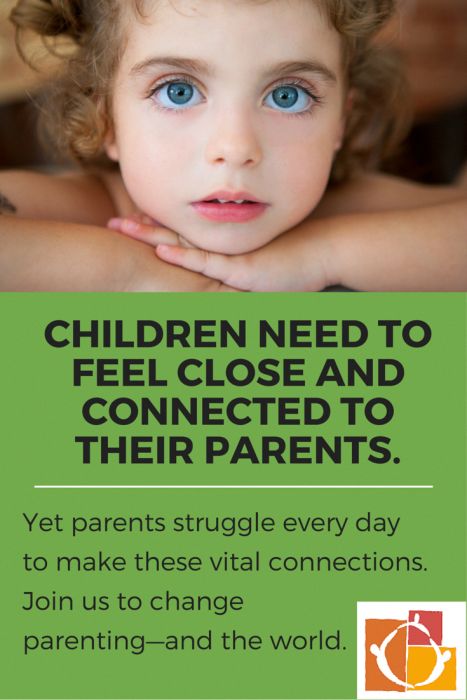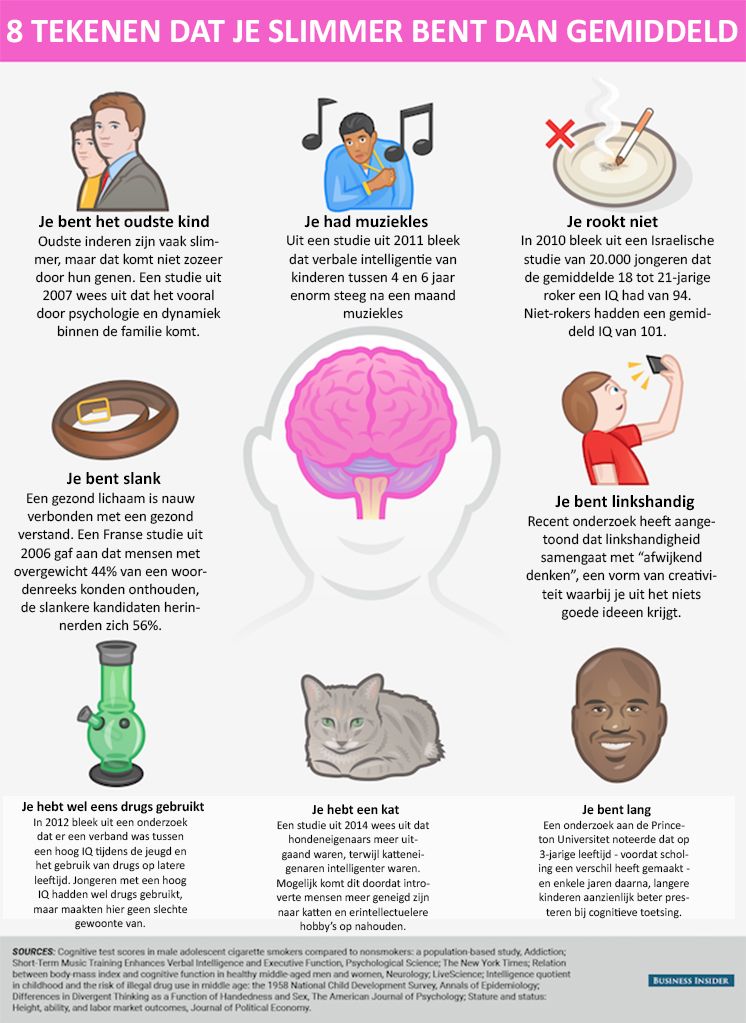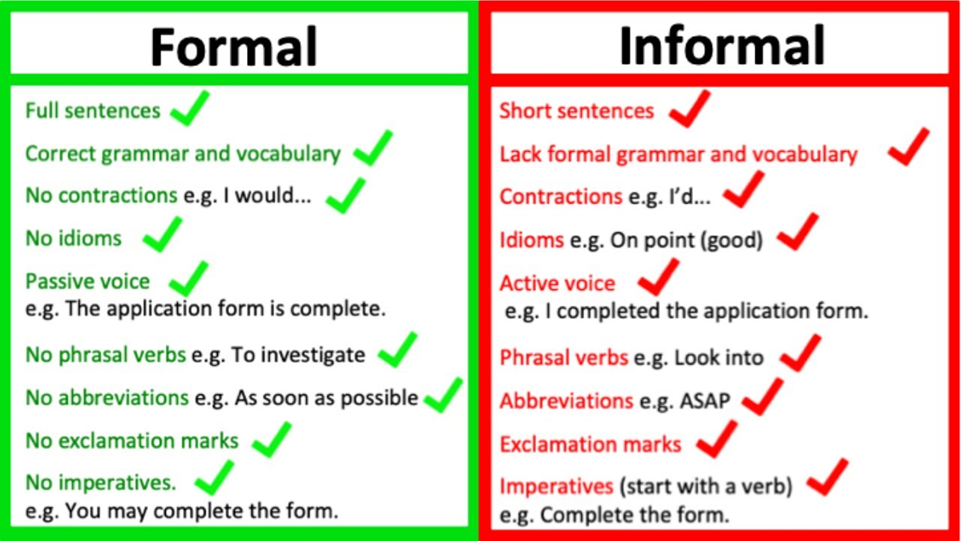Examples of aggressive behavior in children
5 strategies for effective parenting
© 2016 – 2020 Gwen Dewar, Ph.D., all rights reserved
Aggression in children can take many forms: Angry tantrums; hitting, kicking, or biting; hot-headed outbursts that destroy property; cool-headed bullying; verbal attacks; attempts to control others through threats or violence.
What sets children off?
In some cases, kids lash out because they’re frustrated by a problem that’s too big for them. They haven’t yet learned how to control their impulses, or work out conflicts in socially acceptable ways.
In other cases, kids may be wrestling with special difficulties — like stressful life events, emotional regulation problems, attention deficits, autistic symptoms, or hyperactivity.
Yet in all cases — even where children have been diagnosed with serious conduct disorders — adults can have a powerful influence.
Humans aren’t born with programming that compels them to respond to the world with hostility. We all have the capacity to behave aggressively. Whether or not we do it depends on how we perceive the world.
Aggressive tendencies are shaped by environmental conditions — the pressures, threats, opportunities, and consequences that children experience. By tweaking these conditions, we can improve behavior and change the course of development.
That doesn’t mean it’s your fault if your child is acting out. Genetic factors put some kids at higher risk for trouble (Luningham et al 2020). And aggression in children is influenced by environmental forces outside the home. Peers, teachers, neighborhoods, media messages, ideologies, and cultural factors all play a role.
But whatever factors put a child at risk, there is nothing inevitable about the outcome. When caregivers get the help they need, they can have an important impact.
Randomized, controlled studies show that aggressive kids change trajectory when parents get practical training and moral support (Furlong et al 2013; Piquero et al 2009; Shellby and Shaw 2015; Waller et al 2013; Maaskant et al 2017; Scrool et al 2017).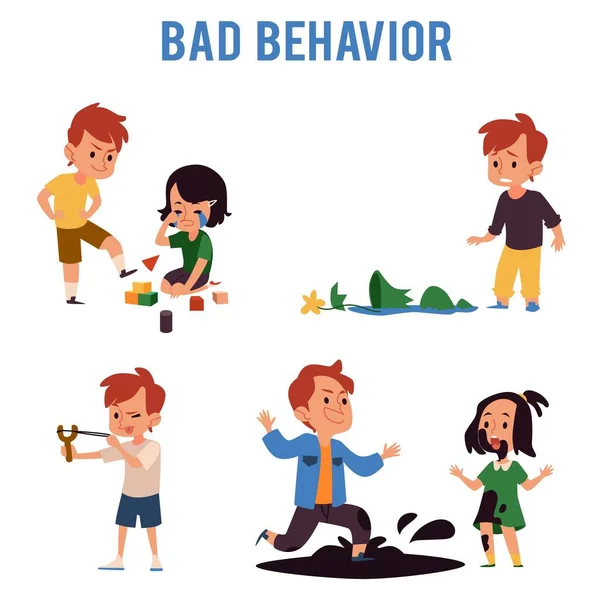
The interventions work, in part, because parents learn specific tactics for handling aggression. But they also work because parents learn to change their outlook.
Struggling with a child’s behavior problems is stressful and demoralizing. It saps your resilience, your sense of optimism, competence, and goodwill. It can redefine the parent-child relationship in a destructive way, and prompt you to think about your child in ways that undermine your ability to cope.
And counterproductive thoughts fuel the conflict, and make behavior problems worse.
Replace these toxic mental habits with positive, constructive, problem-solving thoughts, and you can stop bad behavior before it erupts (Dittman et al 2016; Furlong et al 2013; Shellby and Shaw 2014).
So whether children are merely going through the “terrible twos,” or struggling with more difficult problems, we should take heart: With the right tools, we can turn things around.
Here are evidence-based tips for handling aggression in children, presented in two parts.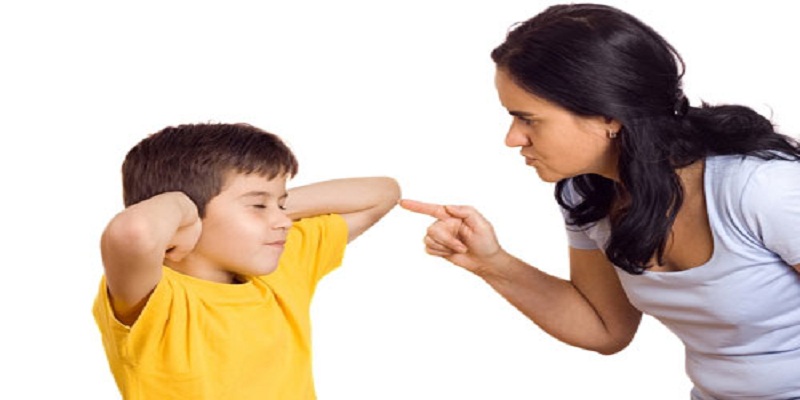 The first part concerns adjusting your outlook as a parent. The second part (link here) features practical tips for helping kids overcome their aggressive impulses.
The first part concerns adjusting your outlook as a parent. The second part (link here) features practical tips for helping kids overcome their aggressive impulses.
Tips for maintaining a confident, constructive outlook
1. Don’t take it personally.
When your child fails to comply with a request, it’s easy to feel disrespected. It’s easy to feel targeted when your child flies into a rage. But these emotional reactions, however natural, are wrong-headed.
First, kids don’t process emotions and information the way adults do (see below). If your child is very young, there’s a lot she doesn’t understand about her own feelings, let alone yours. If your child is older, it’s still likely that your child’s misbehavior reflects impulsivity or incompetence– not malice.
Second, research suggests that our pessimistic social beliefs — the tendency to attribute hostile intentions where none exist — can become a self-fulfilling prophesy. People who assume the worst tend to provoke negative behavior from others.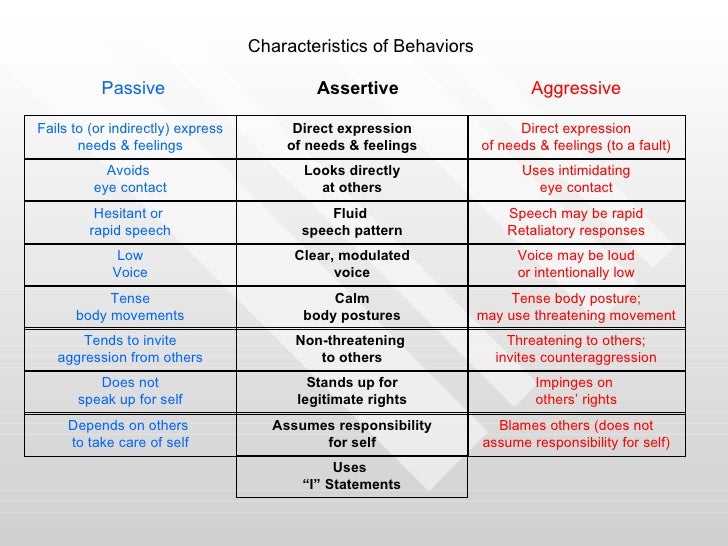 And parents who make hostile attributions can end up creating the very problems they want to solve.
And parents who make hostile attributions can end up creating the very problems they want to solve.
In one study, mothers who made hostile attributions about their toddlers were more likely, three and half years later, to have children with aggressive behavior problems. This link between maternal beliefs and aggression in children remained significant even after the researchers controlled for pre-existing child difficulties, as well as the negative parenting behavior that tends to go accompany hostile attributions (Healy et al 2015).
Reminding yourself not to take it personally isn’t just good for your mood. It’s good for your relationship, and good for your child’s long-term development.
2. Get realistic expectations about your child’s ability to follow rules and comply with requests.
Young children have shorter attention spans, and they are easily distracted. They take more time to process verbal instructions. As I explain elsewhere, their working memory capacities — the sheer number of things they can keep in mind at any given moment — are more limited.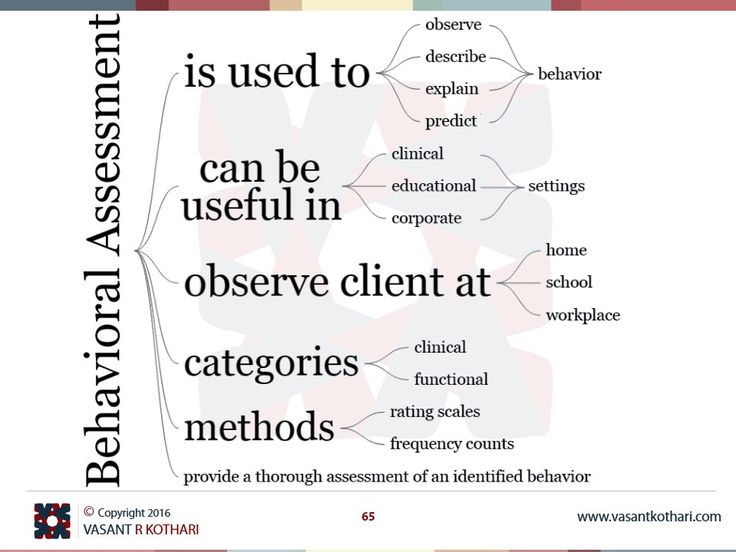
Learning new information, and adapting to a change of rules or procedure, may take longer than you realize (Lee et al 2015). Young children require more practice than older kids do, and older kids need more practice than adults (Yim et al 2013).
So when we issue directions, we shouldn’t expect young children to respond quickly and efficiently. They work a slower speed, and it’s harder for them to transition from one activity to the next. They need us to provide them with clear, simple directions, and then give them the extra time they need to switch gears.
Older children can handle more complexity and speed, but their attention spans, working memory capacities, impulse control, and task-switching skills are still developing.
By tuning into your child’s pace and abilities — and providing patient, calm reminders — you reshape the task into one he’s got the equipment to solve. And your child will get to experience the social and emotional rewards for cooperating — a crucial experience for his long-term development. You invest more time, but it’s an investment that will pay off.
You invest more time, but it’s an investment that will pay off.
3. Get realistic expectations about the development of empathy and kindness.
Throughout childhood, kids are still learning about emotions — how to regulate their own moods and read the minds of others. Dependent, inexperienced, and vulnerable, young children are more easily threatened, and thus more likely focus on protecting their own interests (Li et al 2013).
Older kids, too, may respond this way if they perceive the world to be hostile or unjust. And some kids are at a physiological disadvantage. They have the ability to learn about social signals, but their brains don’t reward them as much for doing so (Davies et al 2011; Sepeta et al 2012). As a consequence, kids are less likely to learn on their own. They need our help.
So while children might behave in ways that seem selfish, that doesn’t mean they are incorrigibly self-absorbed. As I explain in other Parenting Science articles, children demonstrate a capacity for empathy and kindness from a very early age.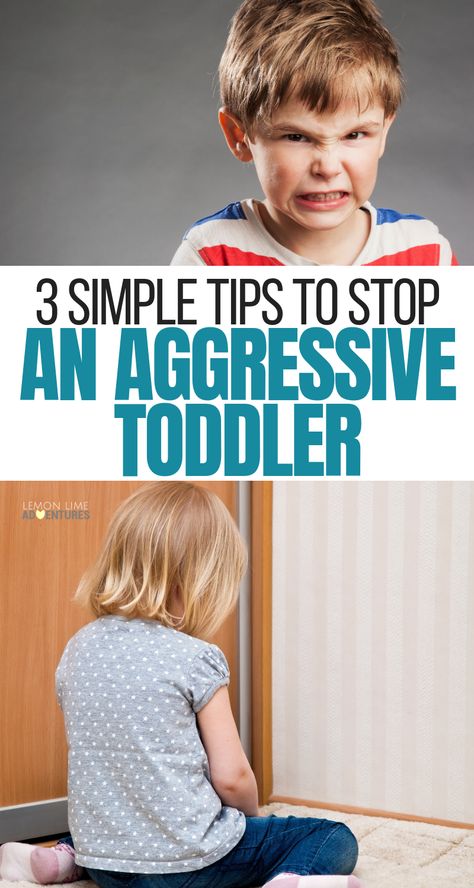 In fact, even babies seem to root for the underdog.
In fact, even babies seem to root for the underdog.
When children fail to show concern for others, it’s often because they perceive the situation differently, or don’t know how to control their impulses. They need opportunities to learn — by developing secure relationships with us; talking about their feelings and the emotional signals of others; and observing positive role models, and growing up in an environment that rewards self-control and cooperation.
For help with nurturing empathy, see this article about “emotion coaching,” and these evidence-based tips.
4. Focus on maintaining a positive relationship.
If your child keeps misbehaving, you might feel it’s important to answer every offense with criticism, threats, or punishment. But is this actually a good idea? What you end up with is a parent-child relationship that’s mostly characterized by negative exchanges.
It’s a grim outcome, and it’s also counter-productive. Studies suggest that kids are more likely to learn desirable social skills when we provide them with positive feedback for making good choices — not threats and punishments for doing the wrong thing.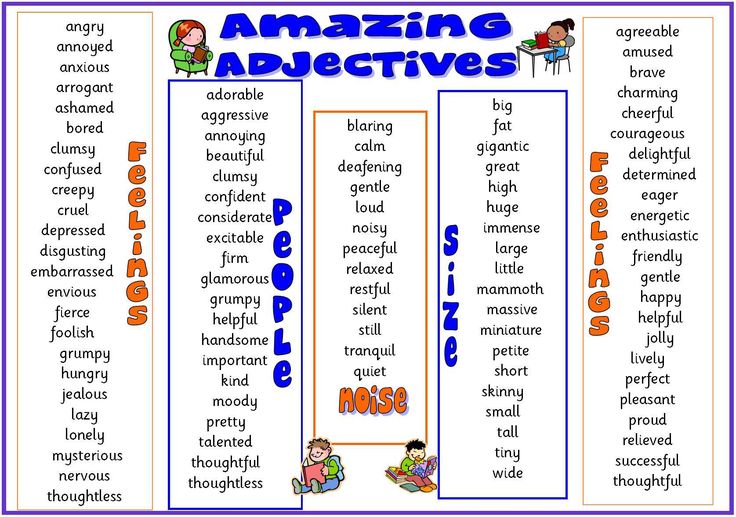
Moreover, a diet of negativity can make kids become more defiant. Negative parenting can lead to a downward spiral of misbehavior, punishment, retaliation, more punishment, and more misbehavior (Cavell et al 2013). Physical punishment is especially ill-advised. When parents impose physical punishments, children’s aggressive behavior problems tend to get worse (Heilmann et al 2021).
How do you stay calm and upbeat? It isn’t easy, not if your child seems stuck in “defiance mode.” You’ll need social support, and maybe some professional guidance. Studies show that therapists specifically trained in handling aggression in children can help reduce stress and improve behavior.
One approach, used internationally, is the so called “Oregon Model” of Parent Management Training (Scrool et al 2016; Kjøbli et al 2016; Maaskant et al 2017; Thijssen et al 2017). Through weekly sessions of coaching and role playing, parents learn effect ways to set limits, foster cooperation, settle arguments in a constructive way, and inject daily life with pleasant, loving activities.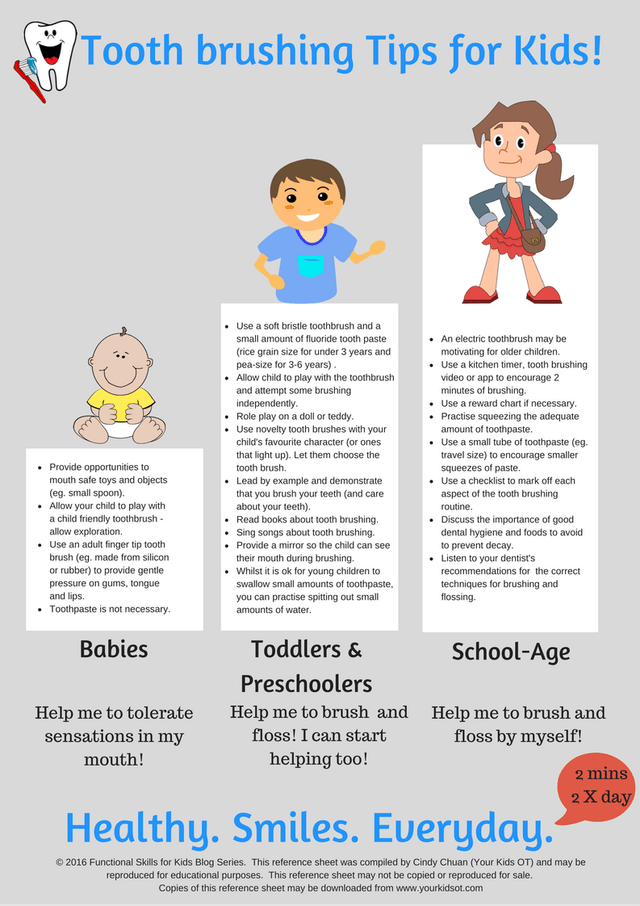
But the first step is reorganizing your priorities (Cavell et al 2013). Maintaining positive relations is more important than prosecuting every failure. Sometimes you need to choose your battles. For more information, see my tips for handling aggression in children, as well as these positive parenting tips.
5. Don’t sacrifice your own psychological well-being!
Dealing with aggression is very stressful, and stress hurts. It makes us ill, clouds our thinking, and damages relationships. As I explain elsewhere, stress is contagious: Even young infants pick up on our negative moods. And when parents are stressed out, it adds fuel to the fire: Their children’s behavior problems tend to get worse. Read more about it in my article, “Parenting Stress: Why it matters, and what we can do to get relief.”
So addressing your own well-being shouldn’t be an after-thought, a luxury to be put off until your child’s behavior problems improve. It’s a pressing issue, a central player in the crisis.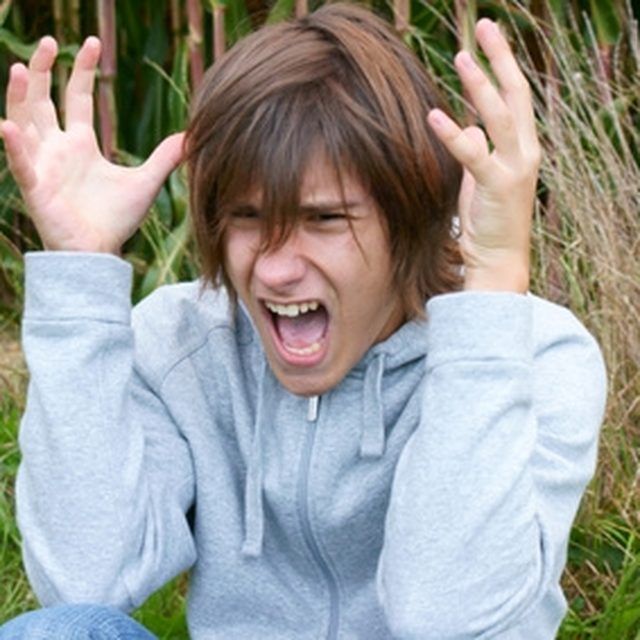
For information about evidence-based, stress-busting tactics, see my evidence-based tips for coping with parenting stress, and don’t hesitate to seek professional advice from a therapist trained to handle aggressive behavior in children.
Your therapist or physician may recommend that you participate in an evidence-based parenting support group, like Triple P (the “Positive Parenting Program”). As noted above, such programs have a positive track record (Furlong et al 2013).
Next: How to defuse defiance and aggression in children
For more information about handling disruptive behavior and aggression in children, see part two of this guide, which features tips for handling disruptive and aggressive behavior problems. In addition, see these Parenting Science articles for promoting cooperation and self-regulation skills:
- Positive parenting techniques
- Teaching self-control
- Teaching empathy
- Correcting behavior: How to help kids learn from their mistakes
- Fostering preschool social skills
- Authoritative parenting
References: Aggression in children
Cavell TA, Harrist AW, and Del Vecchio T.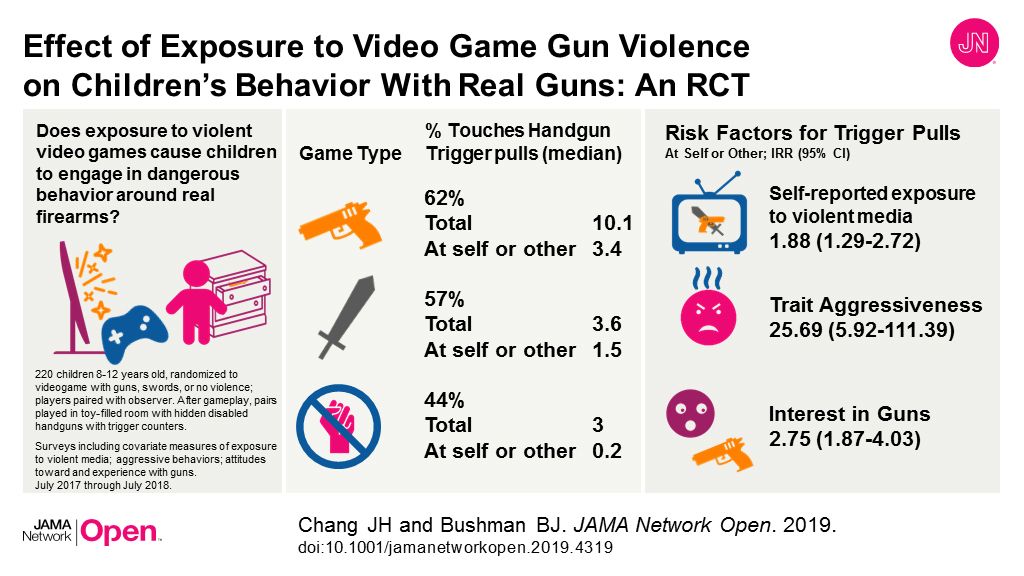 2013. Working with parents of aggressive children: Ten principles and the role of authoritative parenting. In RE Larzelere, AS Morris and AH Harrist (eds): Authoritative parenting: Synthesizing nurturance and discipline for optimal child development. American Psychological Association.
2013. Working with parents of aggressive children: Ten principles and the role of authoritative parenting. In RE Larzelere, AS Morris and AH Harrist (eds): Authoritative parenting: Synthesizing nurturance and discipline for optimal child development. American Psychological Association.
Dittman CK, Farruggia SP, Keown LJ, and Sanders MR. 2016. Dealing with Disobedience: An Evaluation of a Brief Parenting Intervention for Young Children Showing Noncompliant Behavior Problems. Child Psychiatry Hum Dev. 47(1):102-12.
Davies MS, Dapretto M, Sigman M, Sepeta L, and and Bookheimer SY. 2011. Neural bases of gaze and emotion processing in children with autism spectrum disorders.Brain Behav. 1(1):1-11.
Dodge KA, Malone PS, Lansford JE, Sorbring E, Skinner AT, Tapanya S, Tirado LM, Zelli A, Alampay LP, Al-Hassan SM, Bacchini D, Bombi AS, Bornstein MH, Chang L, Deater-Deckard K, Di Giunta L, Oburu P, and Pastorelli C. 2015. Hostile attributional bias and aggressive behavior in global context.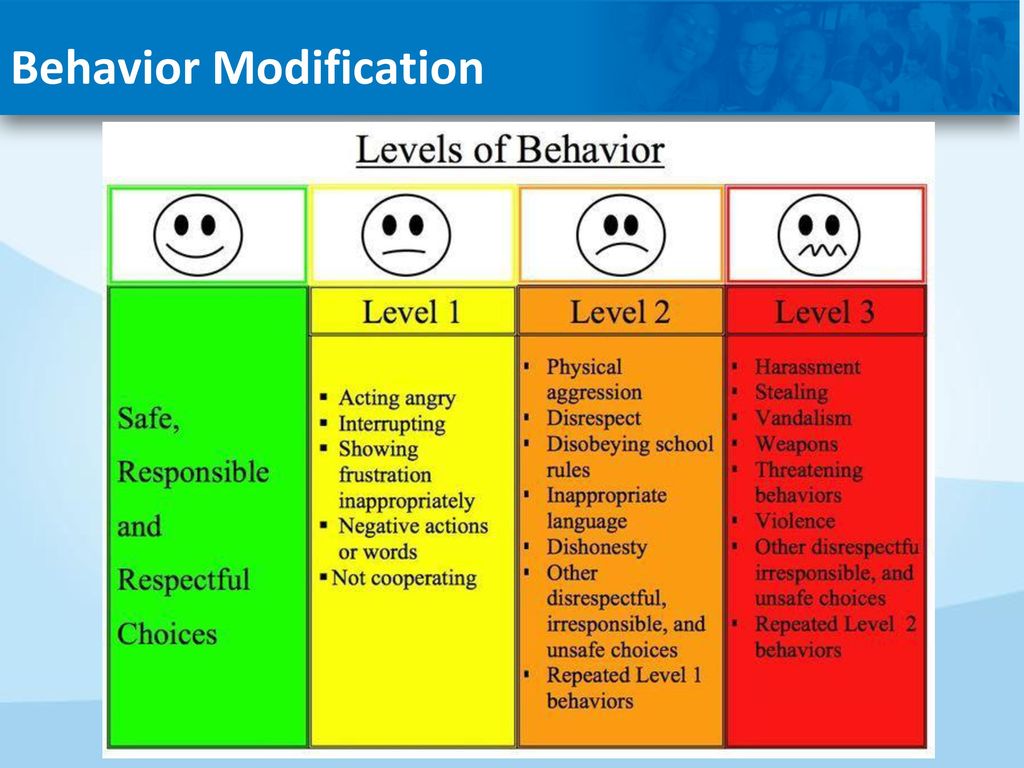 Proc Natl Acad Sci U S A. 112(30):9310-5.
Proc Natl Acad Sci U S A. 112(30):9310-5.
Furlong M, McGilloway S, Bywater T, Hutchings J, Smith SM, Donnelly M. 2013. Cochrane review: behavioural and cognitive-behavioural group-based parenting programmes for early-onset conduct problems in children aged 3 to 12 years (Review). Evid Based Child Health. 8(2):318-692.
Healy SJ, Murray L, Cooper PJ, Hughes C, Halligan SL. 2015. A longitudinal investigation of maternal influences on the development of child hostile attributions and aggression. J Clin Child Adolesc Psychol. 44(1):80-92.
Heilmann A, Mehay A, Watt RG, Kelly Y, Durrant JE, van Turnhout J, Gershoff ET. 2021. Physical punishment and child outcomes: a narrative review of prospective studies. Lancet. 398(10297):355-364.
Kjøbli J, Zachrisson HD, Bjørnebekk G. 2016. Three Randomized Effectiveness Trials – One Question: Can Callous-Unemotional Traits in Children Be Altered? J Clin Child Adolesc Psychol. 30:1-8.
Lee HW, Lo YH, Li KH, Sung WS, Juan CH. 2015.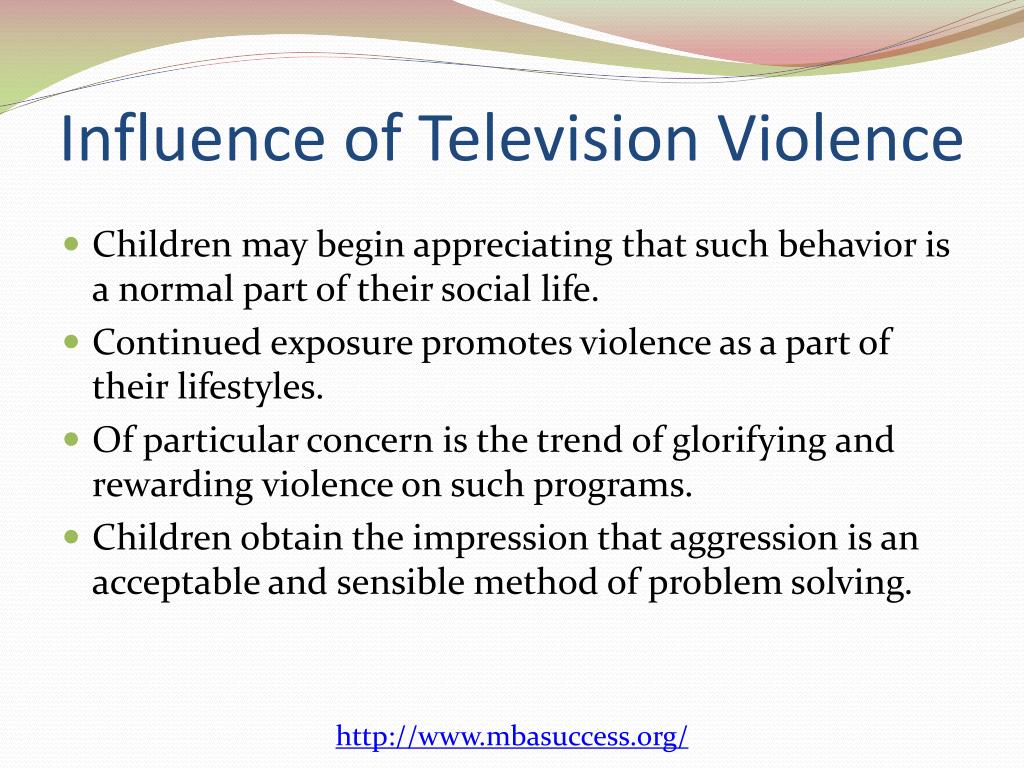 The relationship between the development of response inhibition and intelligence in preschool children. Front Psychol. 6:802.
The relationship between the development of response inhibition and intelligence in preschool children. Front Psychol. 6:802.
Li Y, Li H, Decety J, and Lee K. 2013. Experiencing a natural disaster alters children’s altruistic giving. Psychological Science 24(9):1686-95.
Luningham JM, Hendriks AM, Krapohl E, Fung Ip H, van Beijsterveldt CEM, Lundström S, Vuoksimaa E, Korhonen T, Lichtenstein P, Plomin R, Pulkkinen L, Rose RJ, Kaprio J, Bartels M, Boomsma DI, Lubke GH. 2020. Harmonizing behavioral outcomes across studies, raters, and countries: application to the genetic analysis of aggression in the ACTION Consortium. J Child Psychol Psychiatry. 2020 Jan 16. doi: 10.1111/jcpp.13188. [Epub ahead of print]
Maaskant AM, van Rooij FB, Overbeek GJ, Oort FJ, Arntz M, Hermanns JMA. 2017. Effects of PMTO in Foster Families with Children with Behavior Problems: A Randomized Controlled Trial. J Child Fam Stud. 26(2):523-539.
Piquero AR, Farrington DP, Welsh DC, Tremblay R and Jennings WG.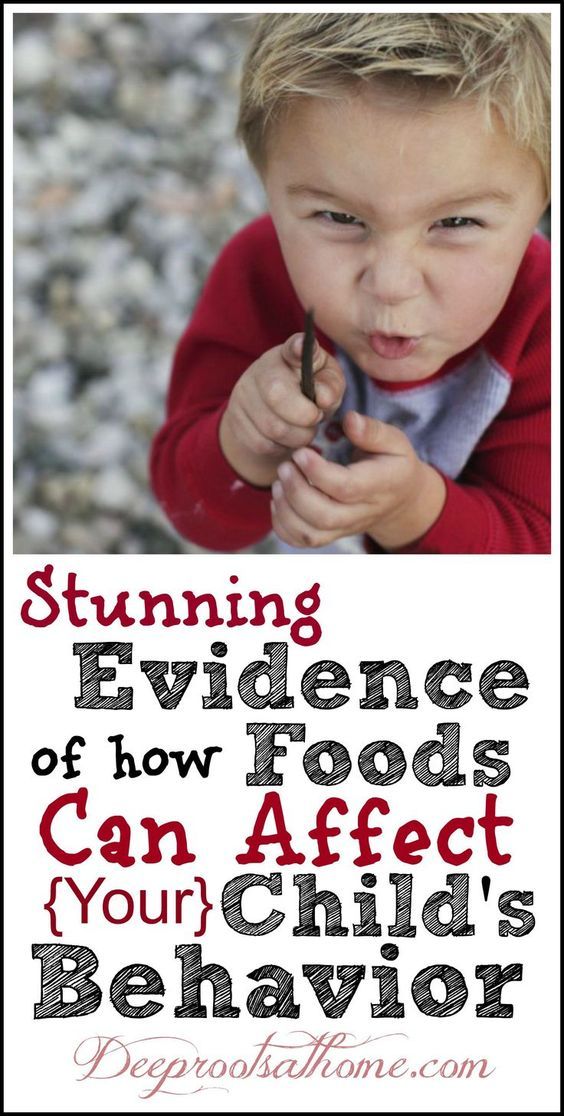 2009. Effects of Early Family/Parent Training Programs on Antisocial Behavior and Delinquency. Journal of Experimental Criminology. 5(2): 83-120
2009. Effects of Early Family/Parent Training Programs on Antisocial Behavior and Delinquency. Journal of Experimental Criminology. 5(2): 83-120
Provençal N, Matthew J. Suderman, Frank Vitaro, Moshe Szyf, Richard E. Tremblay. 2013. Childhood Chronic Physical Aggression Associates with Adult Cytokine Levels in Plasma. PLoS ONE 8 (7): e69481
Rodríguez L and Feig LA. 2013. Chronic Social Instability Induces Anxiety and Defective Social Interactions Across Generations. Biological Psychiatry 73(1): 44–53
Romero E, Richards MH, Harrison PR, Garbarino J, Mozley M. 2015. The Role of Neighborhood in the Development of Aggression in Urban African American Youth: A Multilevel Analysis. Am J Community Psychol. 2015 Sep;56(1-2):156-69.
Schoorl J, van Rijn S, de Wied M, van Goozen SHM, Swaab H. 2017. Neurobiological stress responses predict aggression in boys with oppositional defiant disorder/conduct disorder: a 1-year follow-up intervention study. Eur Child Adolesc Psychiatry.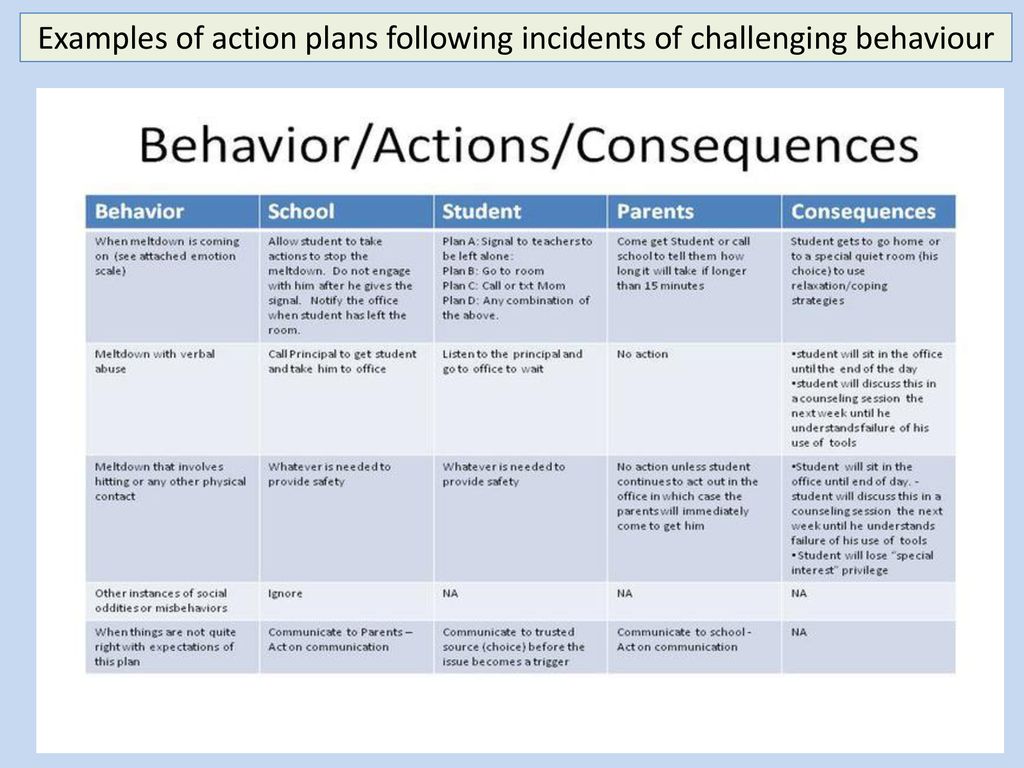 26(7):805-813
26(7):805-813
Sepeta L, Tsuchiya N, Davies MS, Sigman M, Bookheimer SY, and Dapretto M. 2012. Abnormal social reward processing in autism as indexed by pupillary responses to happy faces. J Neurodev Disord. 4(1):17. doi: 10.1186/1866-1955-4-17.
Shelleby EC and Shaw DS. 2014. Outcomes of Parenting Interventions for Child Conduct Problems: A Review of Differential Effectiveness. Child Psychiatry Hum Dev. 45(5):628-45.
Thijssen J, Vink G, Muris P, de Ruiter C. 2017. The Effectiveness of Parent Management Training-Oregon Model in Clinically Referred Children with Externalizing Behavior Problems in The Netherlands. Child Psychiatry Hum Dev. 48(1):136-150.
Waller R, Gardner F, and Hyde LW. 2013. What are the associations between parenting, callous–unemotional traits, and antisocial behavior in youth? A systematic review of evidence. Clin Psychol Rev. 33(4):593-608.
Waters SF, West TV, Berry Mendes W. 2014. Stress Contagion: Physiological Covariation Between Mothers and Infants.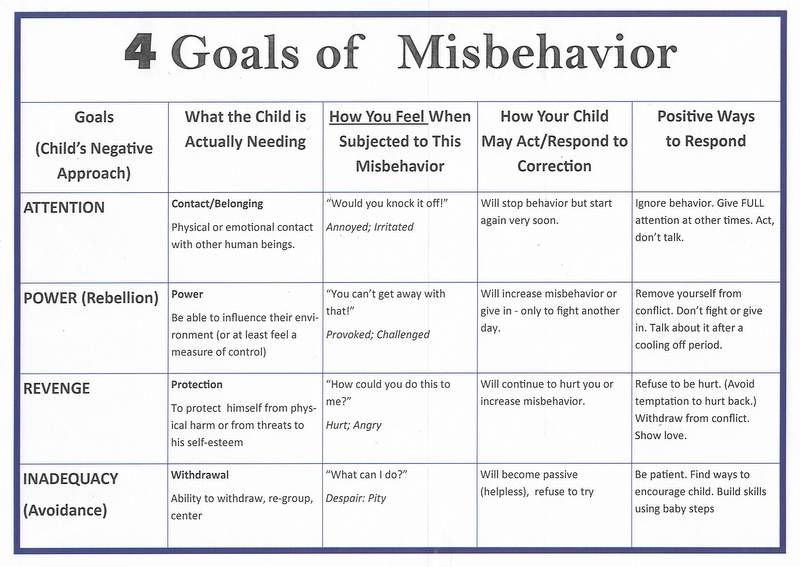 Psychol Sci. 25(4): 934–942.
Psychol Sci. 25(4): 934–942.
Yeager DS, Miu AS, Powers J, and Dweck CS. 2013. Implicit theories of personality and attributions of hostile intent: a meta-analysis, an experiment, and a longitudinal intervention. Child Dev. 84(5):1651-67.
Yeager DS, Purdie-Vaughns V, Garcia J, Apfel N, Pebley P, Master A, Hessert W, Williams M and Cohen, GL. 2014. Breaking the cycle of mistrust: Wise interventions to provide critical feedback across the racial divide. Journal of Experimental Psychology: General 143: 804-824.
Yim H, Dennis SJ, Sloutsky VM. 2013. The development of episodic memory: items, contexts, and relations. Psychol Sci. 24(11):2163-72.
Image credits for “Aggression in children”:
image of stressed mother by Alexeg84 / istock
Image of girl and teddy bear / istock
Content of “Aggression in children” last modified 10/2017
Violent Behavior in Children and Adolescents
Violent Behavior in Children and Adolescents
No.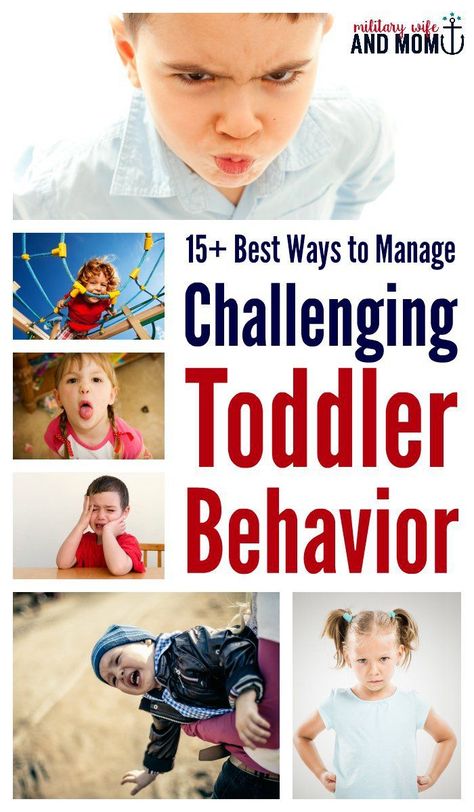 55; December 2017
55; December 2017
There is a great concern about the incidence of violent behavior among children and adolescents. This complex and troubling issue needs to be carefully understood by parents, teachers, and other adults.
Children as young as preschoolers can show violent behavior. Parents and other adults who witness the behavior may be concerned, however, they often hope that the young child will "grow out of it." Violent behavior in a child at any age always needs to be taken seriously. It should not be quickly dismissed as "just a phase they're going through!"
Range of Violent Behavior
Violent behavior in children and adolescents can include a wide range of behaviors: explosive temper tantrums, physical aggression,, fighting, threats or attempts to hurt others (including thoughts of wanting to kill others), use of weapons, cruelty toward animals, fire setting, intentional destruction of property and vandalism.
Factors Which Increase Risk of Violent Behavior
Numerous research studies have concluded that a complex interaction or combination of factors leads to an increased risk of violent behavior in children and adolescents. These factors include:
These factors include:
- Previous aggressive or violent behavior
- Being the victim of physical abuse and/or sexual abuse
- Exposure to violence in the home and/or community
- Being the victim of bullying
- Genetic (family heredity) factors
- Exposure to violence in media (TV, movies, etc.)
- Use of drugs and/or alcohol
- Presence of firearms in home
- Combination of stressful family socioeconomic factors (poverty, severe deprivation, marital breakup, single parenting, unemployment, loss of support from extended family)
- Brain damage from head injury
What are the "warning signs" for violent behavior in children?
Children who have several risk factors and show the following behaviors should be carefully evaluated:
- Intense anger
- Frequent loss of temper or blow-ups
- Extreme irritability
- Extreme impulsiveness
- Becoming easily frustrated
Parents and teachers should be careful not to minimize these behaviors in children.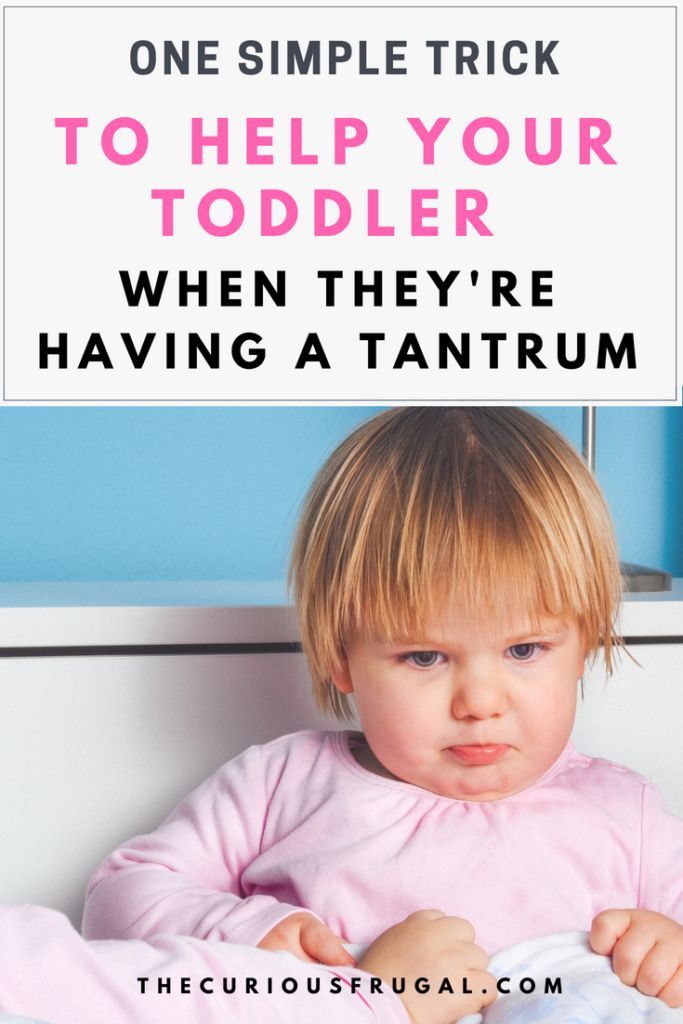
What can be done if a child shows violent behavior?
Whenever a parent or other adult is concerned, they should immediately arrange for a comprehensive evaluation by a qualified mental health professional. Early treatment by a professional can often help. The goals of treatment typically focus on helping the child to: learn how to control his/her anger; express anger and frustrations in appropriate ways; be responsible for his/her actions; and accept consequences. In addition, family conflicts, school problems, and community issues must be addressed.
Can anything prevent violent behavior in children?
Research studies have shown that much violent behavior can be decreased or even prevented if the above risk factors are significantly reduced or eliminated. Most importantly, efforts should be directed at dramatically decreasing the exposure of children and adolescents to violence in the home, community, and through the media. Clearly, violence leads to violence.
In addition, the following strategies can lessen or prevent violent behavior:
- Prevention of child abuse (use of programs such as parent training, family support programs, etc.)
- Sex education and parenting programs for adolescents
- Early identification and intervention programs for violent youngsters
- Monitoring child's viewing of violence during their screen time including the Internet, tablets, smartphones, TV, videos, and movies.
Aggression in a child. Emotional and volitional disturbances in a child signs, causes, treatment
Emotional-volitional disorders in children.
The formation of the emotional-volitional sphere is one of the most important conditions for the formation of the child's personality, whose experience is continuously enriched.
The development of the emotional sphere is facilitated by the family, school and life that surrounds and constantly affects the child.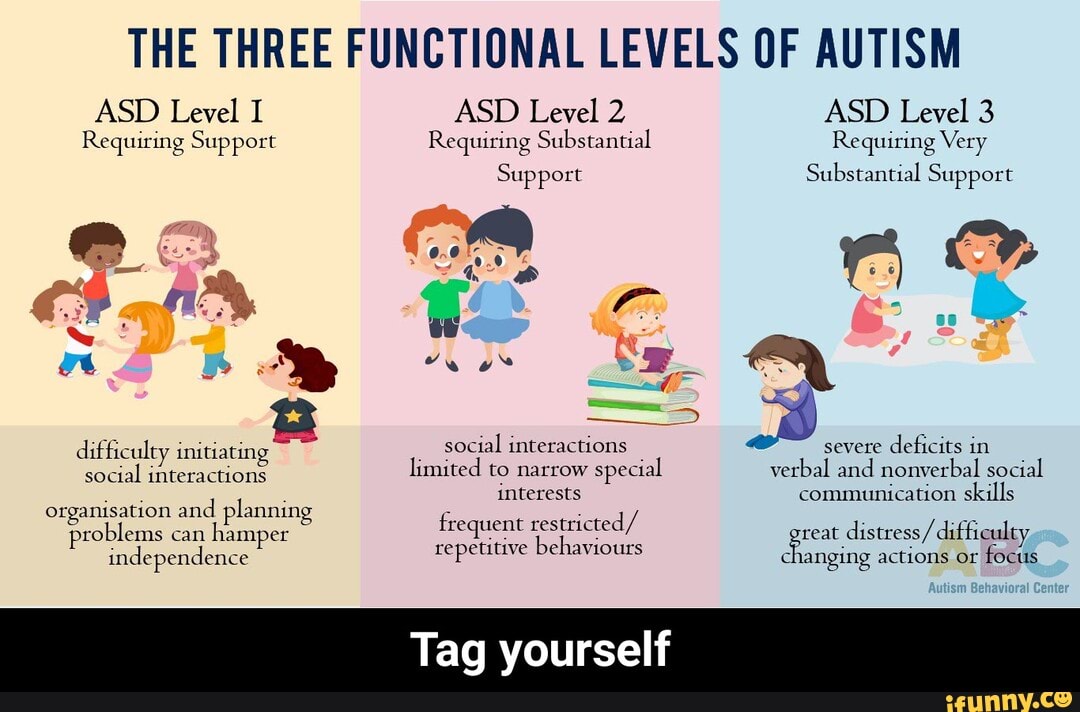
Emotions play a significant role from the very beginning of a baby's life, serve as an indicator of his relationship with his parents, help to learn and respond to the world around him. Currently, along with general health problems in children, experts note with concern the growth of emotional and volitional disorders, which result in more serious problems in the form of low social adaptation, a tendency to antisocial behavior, and learning difficulties.
Aggression in children.
Let's talk about the most common sign of this disorder - aggression in a child, let's analyze in detail: Cause of aggression in children. Where does the child's aggression come from? Signs of aggression in children. How is aggression treated in children?
Manifestations of aggression can be in the form of defiant disobedience to adults, physical aggression and verbal aggression. Also, his aggression can be directed at himself, he can hurt himself, but more often his peers.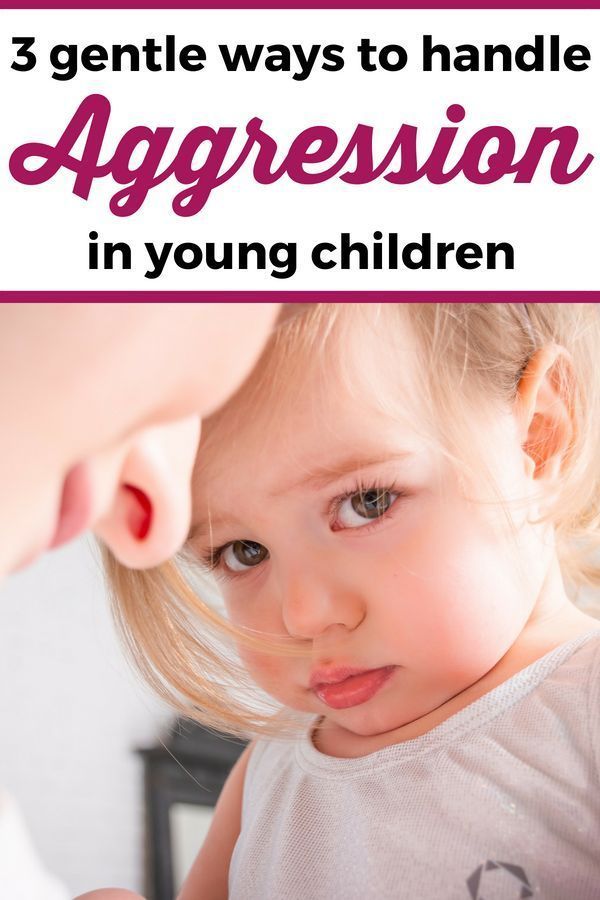 The child becomes naughty and with great difficulty gives in to the educational influences of adults.
The child becomes naughty and with great difficulty gives in to the educational influences of adults.
Aggression in a child, expressed in weak self-control and insufficient awareness of their actions. Children's aggression can be controlled and uncontrollable. Uncontrollable aggressiveness is harmful, as is uncontrollable fear, uncontrollable delight and any other uncontrollable emotion. Aggressiveness is not appropriate in relations between relatives and school friends, except for comic aggressiveness, when aggressiveness is a game, both parties are interested in such a game, they perceive it only as a game and enjoy it, respectively, there is no physical violence in it. The child may repel others with remarks expressing contempt or impatience, impudence, but most often there is a hard tactile contact.
Increased aggressiveness of children is one of the most acute problems not only for doctors, teachers and psychologists, but also for society as a whole. The main distinguishing feature of aggressive children is their attitude towards their peers.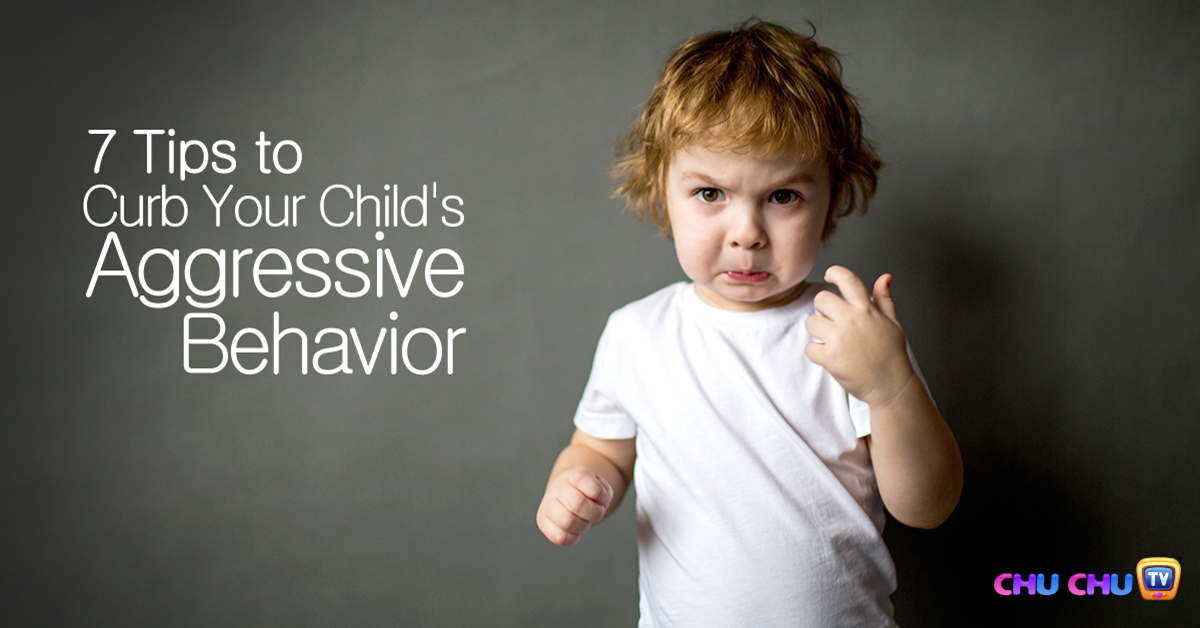 Aggressiveness in children is perhaps the most important problem, since the number of children with such behavior is growing rapidly from year to year.
Aggressiveness in children is perhaps the most important problem, since the number of children with such behavior is growing rapidly from year to year.
Signs of aggression in children
A child can feel his emotions, but he is not always able to recognize them and understand the reasons for his behavior. But as a rule, parents notice too late that something is happening to their child. Often the signs of aggression in children are the things they do:
- Hysteria, often for show.
- They don't admit their mistakes.
- They pinch.
- They get angry.
- Name-calling.
- Take away toys. .
- Refuse to follow orders.
- Angry (stomping feet and clapping hands).
- spitting
- Use offensive words.
- Beat peers
- They swing at others.
- Revenge.
If in a family the parents in the upbringing of the child suppress him in every way, accordingly the child simply begins to hide his feelings.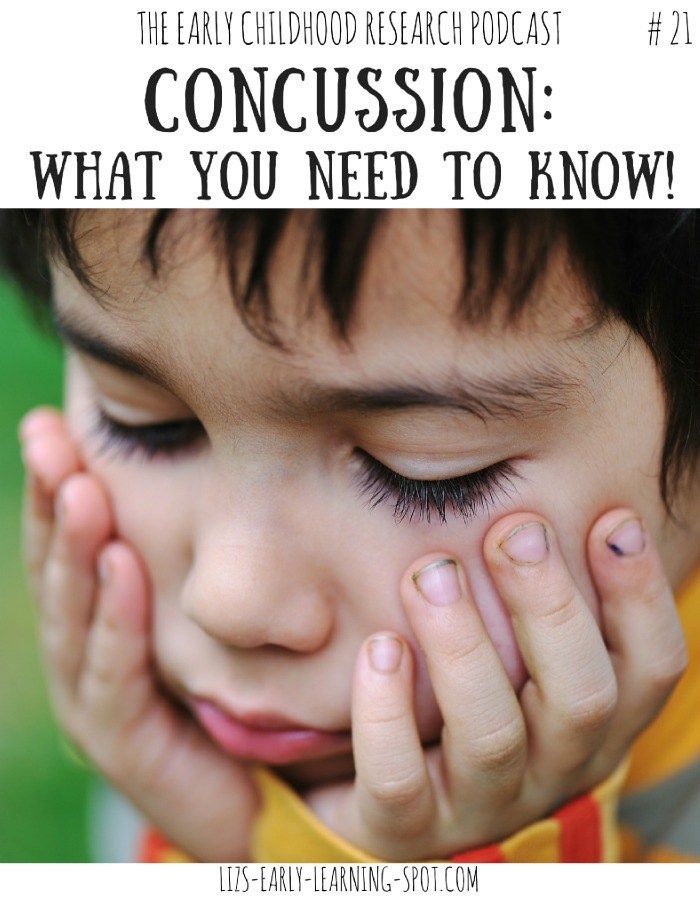 But as we can guess, they do not go anywhere, but accumulate like a snowball and in the near future there will be an “explosion of emotions”.
But as we can guess, they do not go anywhere, but accumulate like a snowball and in the near future there will be an “explosion of emotions”.
An aggressive child is often driven by fear. Such a child is either afraid to be alone, he thinks that no one can love him, no one will call him for a walk, etc. All children want to be interested in them, to invite them to any events, to say kind words. The same is desired by a child who simply does not yet understand that aggression pushes people away from him even more.
Accordingly, if parents do not reach out to a child who shows aggression and anger, then he may think about what else to do so that his parents love him again.
Causes of aggression.
Children have their own unique reasons for aggression. If one child can be disturbed by “busy parents”, namely conflict relations with parents who do not pay attention, are not interested in the child, do not spend time with him, and the second is the banal impossibility of having expensive toys that peers bring to school and kindergarten, then there are plenty of reasons for aggression in a child with an unidentified violation.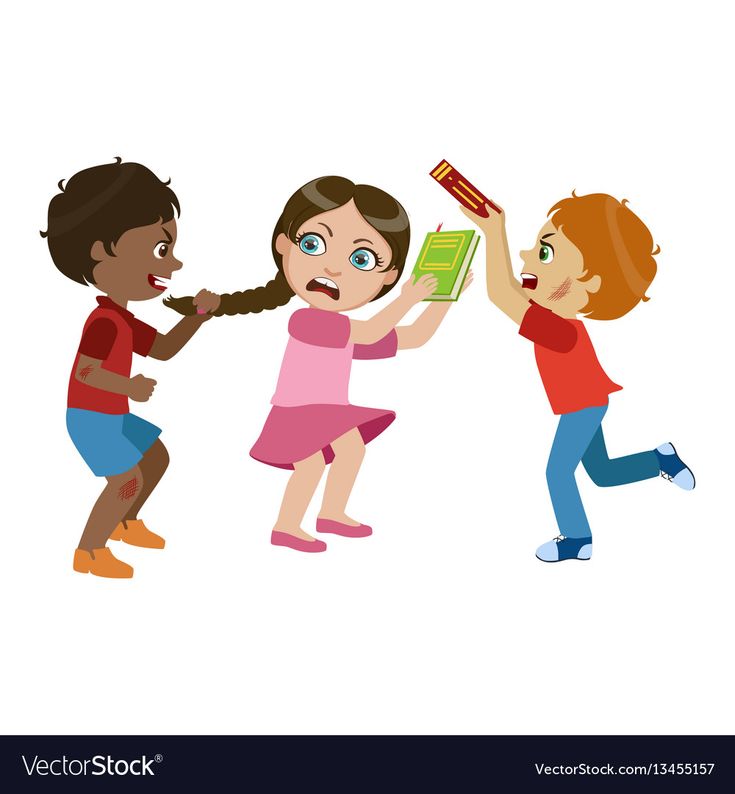
The causes of aggression in a child may be hidden under:
- Somatic diseases, disruption of the brain.
- Copying the behavior of parents, showing an example of aggressiveness both at home and in society. Indifferent attitude of parents to life.
- Attachment to one parent, where the second is the object of aggression.
- Inconsistency of parents in education, different approaches, quarrels in front of children.
- High excitability.
- Insufficient development of the intellect.
- Lack of skills to build relationships with people.
- Copying the behavior of characters from computer games or watching violence from TV screens.
- Parental abuse towards a child.
Treatment of aggression in children.
One should not hope that various methods for treating aggression in children will completely eliminate this quality. It should be understood that the cruelty of the world will always cause aggressive emotions in any healthy person.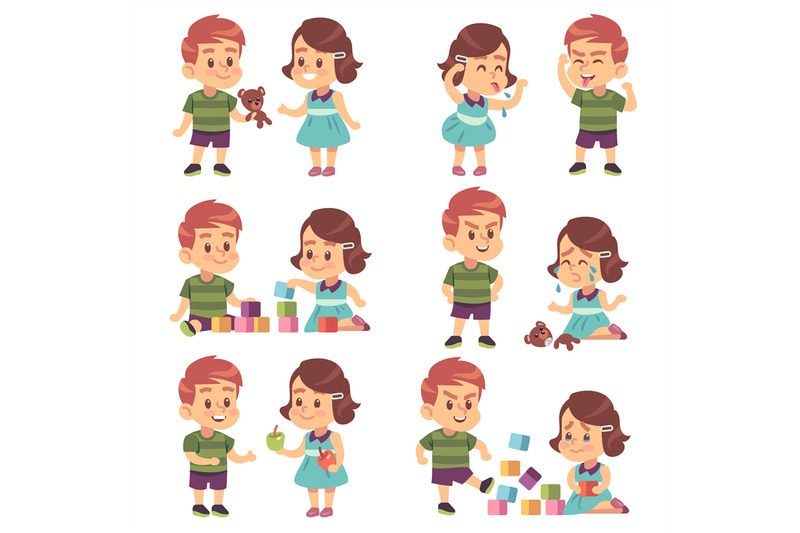 When a person is forced to defend himself, then aggression becomes useful. “Turning the other cheek” when you are humiliated or beaten becomes the way to a hospital bed. Thus, when treating aggression in children, remember that you are helping the child deal with his inner problems, not with the removal of his emotion.
When a person is forced to defend himself, then aggression becomes useful. “Turning the other cheek” when you are humiliated or beaten becomes the way to a hospital bed. Thus, when treating aggression in children, remember that you are helping the child deal with his inner problems, not with the removal of his emotion.
Group therapy is a promising treatment for aggression in children with behavioral problems. In younger children, positive results have been obtained on the background of therapy aimed at achieving control over anger. Problem-solving skills training includes situational simulations, role-playing, and hands-on activities that help children build better interpersonal relationships. This method is sometimes effective in modifying a pathological style of relationships and behavior.
Good results have been obtained with programs for parents in which they were taught directly to establish norms of behavior in the family and reasonable limits on unwanted destructive forms of behavior.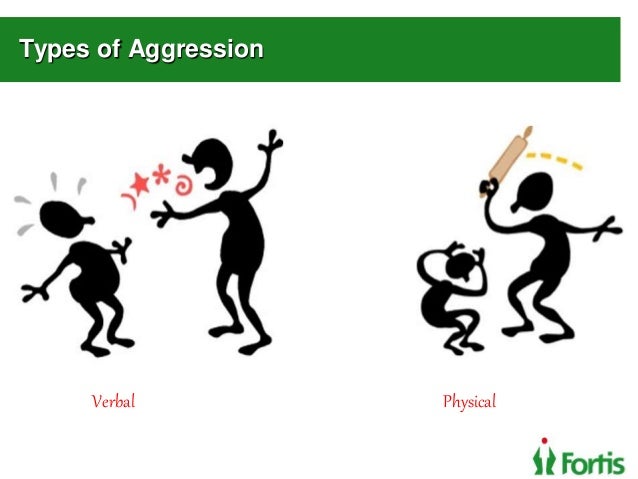 In cases of passive-aggressive behavior, parents are encouraged, for example, to set clear limits and expectations in relation to the child and reach an agreement with the child regarding tasks and responsibilities that are important for him
In cases of passive-aggressive behavior, parents are encouraged, for example, to set clear limits and expectations in relation to the child and reach an agreement with the child regarding tasks and responsibilities that are important for him
IT IS IMPORTANT TO START TREATMENT OF A CHILD'S AGGRESSION AND EMOTIONAL-VOLITIONAL DISORDERS IN TIME!
For more information, please call 8-800-22-22-602 (toll-free within RUSSIA).
Microcurrent reflexology for the treatment of aggression and aggressive behavior of a child is carried out only in the subdivisions of the "Reacenter" in the cities: Samara, Volgograd, Kazan, Saratov, Orenburg, Ulyanovsk, Chelyabinsk, Yekaterinburg, Izhevsk, Astrakhan, Tolyatti, Barnaul, Naberezhnye Chelny, Kaliningrad, Kemerovo , St. Petersburg, Ufa, Voronezh, Krasnodar, Almaty, Shymkent, Astana, Tashkent, Fergana.
Aggressive child: what happens in the family?
According to the observations of specialists - teachers, educators, psychologists, the number of manifestations of aggression in children has recently increased.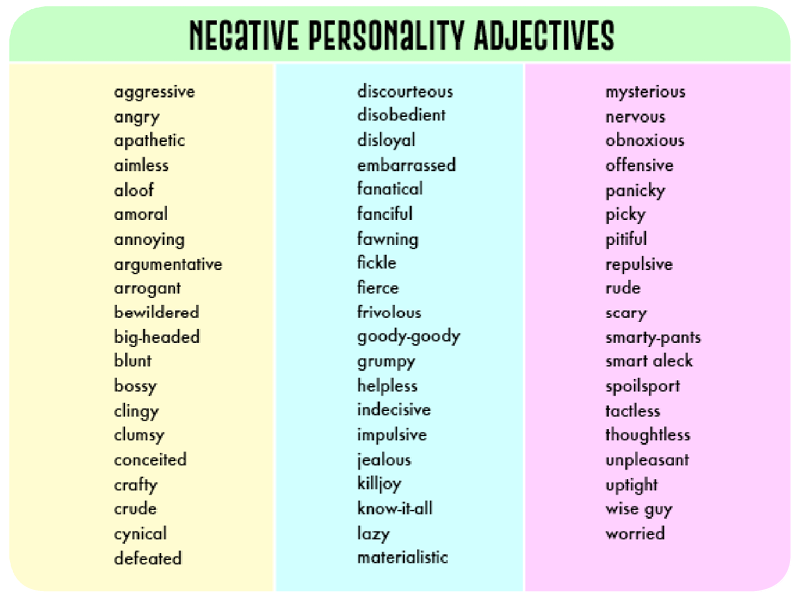 And regardless of the age, gender and social status of the child. What is the reason for this phenomenon? Why do children suddenly become aggressive? Or does it happen all of a sudden? Questions are answered by a teacher-psychologist of the highest category Olga Rudaya.
And regardless of the age, gender and social status of the child. What is the reason for this phenomenon? Why do children suddenly become aggressive? Or does it happen all of a sudden? Questions are answered by a teacher-psychologist of the highest category Olga Rudaya.
What is aggression
We can already observe aggressiveness in young children. When one kid hits another with a shovel to take away his toy in the sandbox or not to give up his own, this is an example of aggressive behavior.
But the greatest degree of aggression is characteristic of children of primary school age. At 5-8 years old, it is still possible to correct the child's behavior by understanding its causes and working with the symptoms. Further, aggression becomes a personality trait and is difficult to correct. Much in such situations depends on adults, on how much patience and desire they have to help the child.
Aggression is a motivated destructive behavior, impulse or intention that causes psychological discomfort and harms people or an individual.
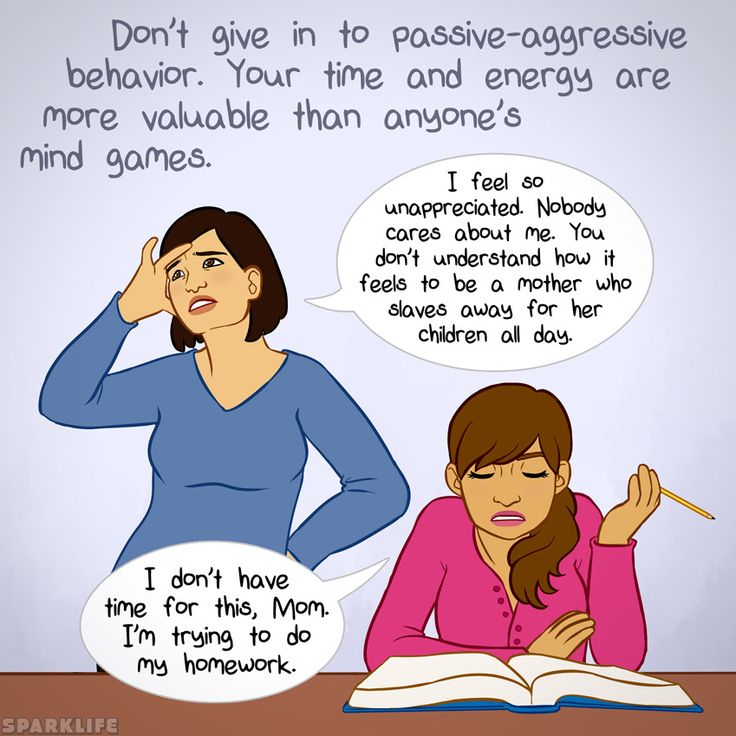
Aggression is an action, and aggressiveness is a personality property. Any person can show aggression, and this is not a big problem, but if such actions become a personality trait, then correction will take time and effort.
Why do children often choose an aggressive way of solving a problem
1. Younger students are not yet critical enough. They already understand what is good and what is bad, but it is not yet clear.
2. Lack of skills that allow you to solve problems constructively.
3. Children aged 6–9 generally cannot listen and hear, pulling the blanket over themselves. They act impulsively, without thinking about others, simply because they don’t understand it yet.
Classification of types of aggression
Aggression can be of different types, each of which has its own consequences both for the child and for others.
- By focusing on the object - heteroaggression (on objects, people or animals) and autoaggression (inflicting harm on oneself).
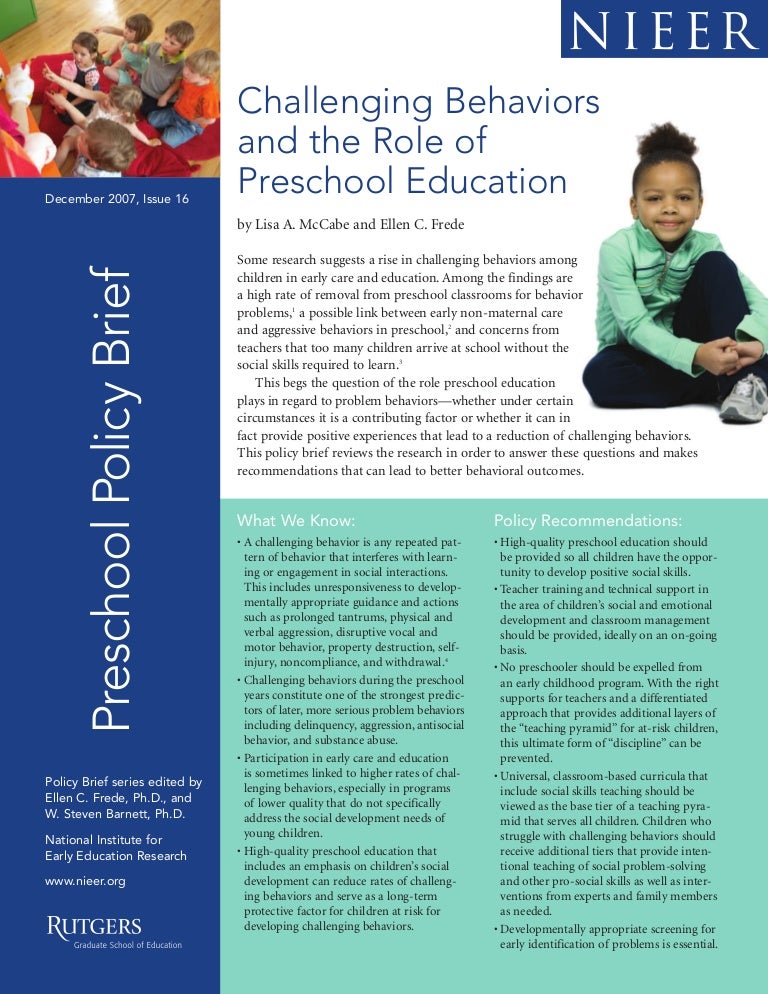
- Due to the manifestation - reactive (aggression-response) and spontaneous (unmotivated) aggression.
- In terms of purposefulness - instrumental (as a means of obtaining something) and targeted motivational (for pleasure) aggression.
- According to the openness of manifestation - direct and indirect.
- According to the form of manifestation - verbal (name-calling, insults, teasing) and expressive (frown, aggressive posture) physical aggression.
Criteria of aggressiveness in preschoolers
Any person can show anger and aggression, as everyone experiences negative emotions. If this happens irregularly, then nothing unusual is happening. If aggressive behavior occurs frequently, special attention should be paid to it. What are the signs that a child is prone to aggression?
1. Loses control of himself.
2. Argues and quarrels with others.
3. Refuses to comply with requests from adults.
4.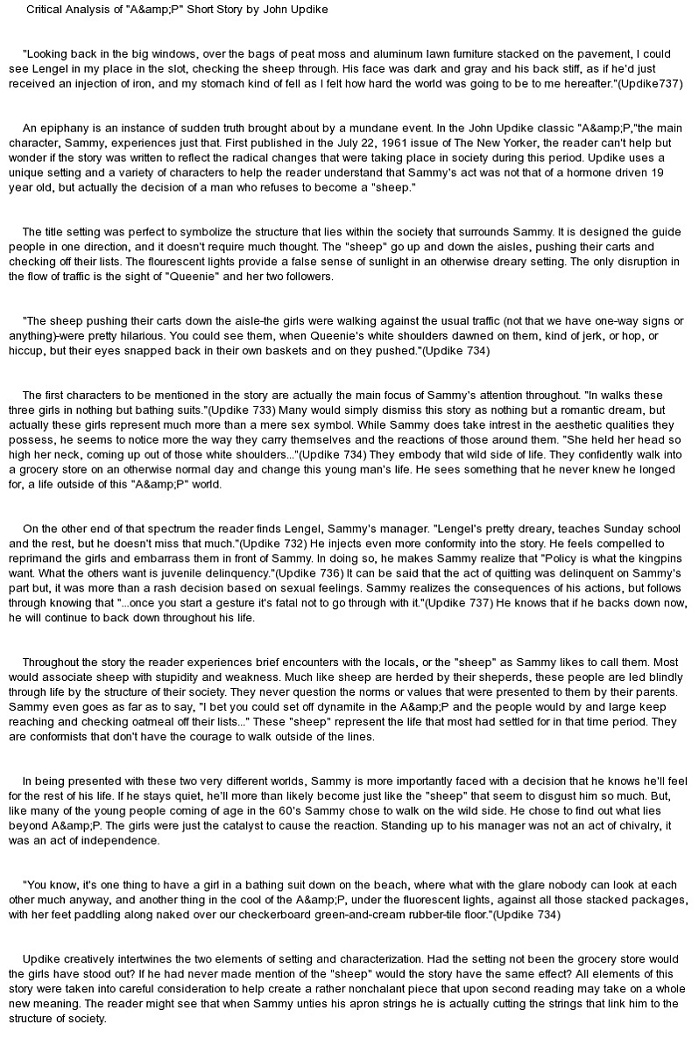 Deliberately causes feelings of anger and irritation.
Deliberately causes feelings of anger and irritation.
5. Tends to blame others for his mistakes and failures.
6. Experiences feelings of anger, anger and envy.
7. Not able to forget about the offense without repaying.
8. Suspicious and irritable.
If within 6 months the parents observe at least four of the eight signs in the child, it can be assumed that the manifestation of aggression is included in his behavioral model. That is, the child tends to solve his problems with the help of aggression.
Aggression in preschoolers differs from aggression in schoolchildren. At preschool age, children show mostly instrumental aggression. After receiving the desired aggressive actions stop.
Criteria for aggressiveness among schoolchildren
At school, a child may develop aggressive behavior, especially if he resorts to it not once, but periodically. Aggressiveness of a younger student can be seen by the following signs.
1.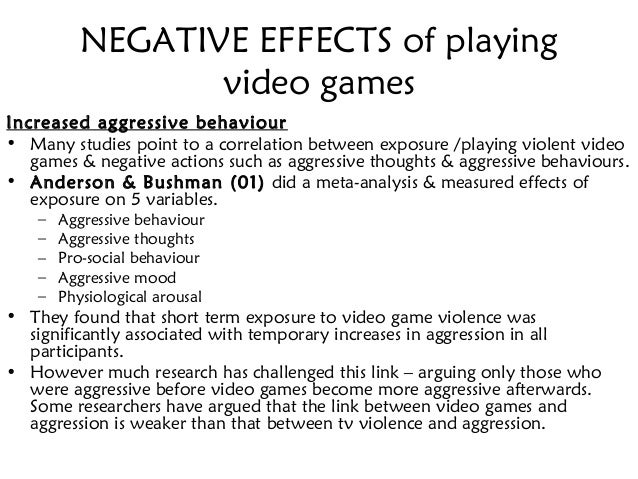 Frequently threatens other people (with words, gestures, looks).
Frequently threatens other people (with words, gestures, looks).
2. Periodically initiates fights (may use damaging objects).
3. Does not feel compassion, shows cruelty to people and animals, intentionally can hurt them (verbally or physically).
4. Unscrupulous in the means of achieving his goals (for example, he can use theft, damage to the offender's personal belongings, etc. as revenge).
5. Does not take into account the opinion of parents, their prohibitions and restrictions (up to running away from home).
6. Has difficulties in relations with teachers, openly conflicts or skips classes.
First of all, parents need to find out the reason why the child resorts to aggressive behavior. When adults manage to understand the situation and understand what drives the child and why he uses this particular way of interacting with the outside world, aggression can be dealt with.
Aggression motives
Experts identify 4 main motives that encourage a child to aggressive behavior.
- Attracting attention. Thus, the child tries to attract attention. "Let it be better than nothing."
- Revenge. "Everyone who offended me will get back."
- Struggle for power. This happens when a parent incorrectly sets boundaries and defines family rules.
- Failure avoidance. This leads to excessive demands on the child by the parents.
In fact, aggression is the cry of a child's soul for help.
Something is going on inside the child that he cannot cope with on his own. Aggression is a reflection of internal discomfort. It is necessary to understand what needs of the child are not being met.
Three main sources of destructive behavior
Feelings of fear, distrust of the world around, threatening the safety of the child. Basic trust or distrust in the world is laid in a person during the period of intrauterine development. If the child was unwanted, the woman experienced for 9months of stress and discomfort, all this was transferred to the baby, and he developed a hostile attitude towards the world around him. In addition, upbringing errors also lead to a loss of trust: for example, hostility and irritability towards the child.
In addition, upbringing errors also lead to a loss of trust: for example, hostility and irritability towards the child.
Collision of a child with non-fulfillment of his desires, prohibitions on meeting certain needs. Adults must establish certain rules and prohibitions within reasonable limits. Without guidelines, it is difficult for a child to form the correct system of values. Prohibitions should be dosed, and the framework should be stretched, because both overprotection and underprotection are equally bad for the formation of the child's personality. With increased attention from adults, the child does not learn to cope with difficulties, and in its absence grows unloved and insecure.
Defending one's identity, territory, gaining independence and autonomy. With an authoritarian style of upbringing, the child feels depressed and, above all, feels the need to prove something to the world and to himself.
What leads to aggressive behavior
Family causes
1.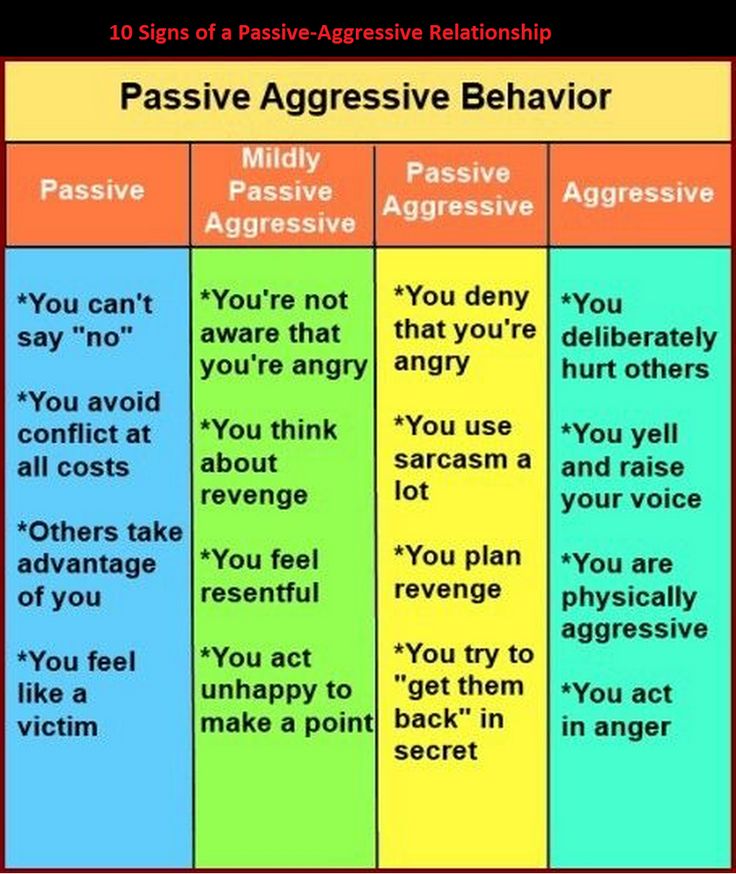 Rejection of children by parents.
Rejection of children by parents.
2. Indifference or hostility on the part of parents.
3. Disrespect for the personality of the child.
4. Excessive or no control.
5. Too much or too little attention from parents.
6. Destruction of emotional ties in the family.
7. Prohibition of physical activity.
8. Denial of the right to personal liberty.
Personal reasons
1. Subconscious expectation of danger.
2. Uncertainty about one's own safety.
3. Personal negative experience.
4. Emotional instability.
5. Dissatisfaction with oneself.
6. Increased irritability.
7. Guilt.
Situational causes
1. Poor health, overwork.
2. The influence of food.
3. Influence of noise, vibration, tightness, air temperature.
What to do?
Motto for parents: “Before you educate someone, start with yourself!” Adults need to answer the questions: “Do you know how to manage your own emotions? What example are you setting for your child? Do you clearly understand what you want from life? What patterns of behavior are typical for you?
After that, corrective work can be carried out in several directions.